ISO 9001:2015 Clause 7 Support – Resources, Competence, Awareness, Communication, and Documented Information Explained
Introduction
In an effective Quality Management System (QMS), ISO 9001:2015 Clause 7 is pivotal for ensuring the necessary support is in place. This clause mandates that organizations determine and provide the essential resources for their QMS to function and improve continuously. This includes having the right people with the required skills, as well as providing suitable infrastructure like buildings and equipment. Furthermore, a proper work environment, considering both physical and psychological factors, is crucial for process operation and achieving product conformity. By managing these tangible and intangible assets, a company builds a resilient system that fosters operational excellence and sustainable growth.
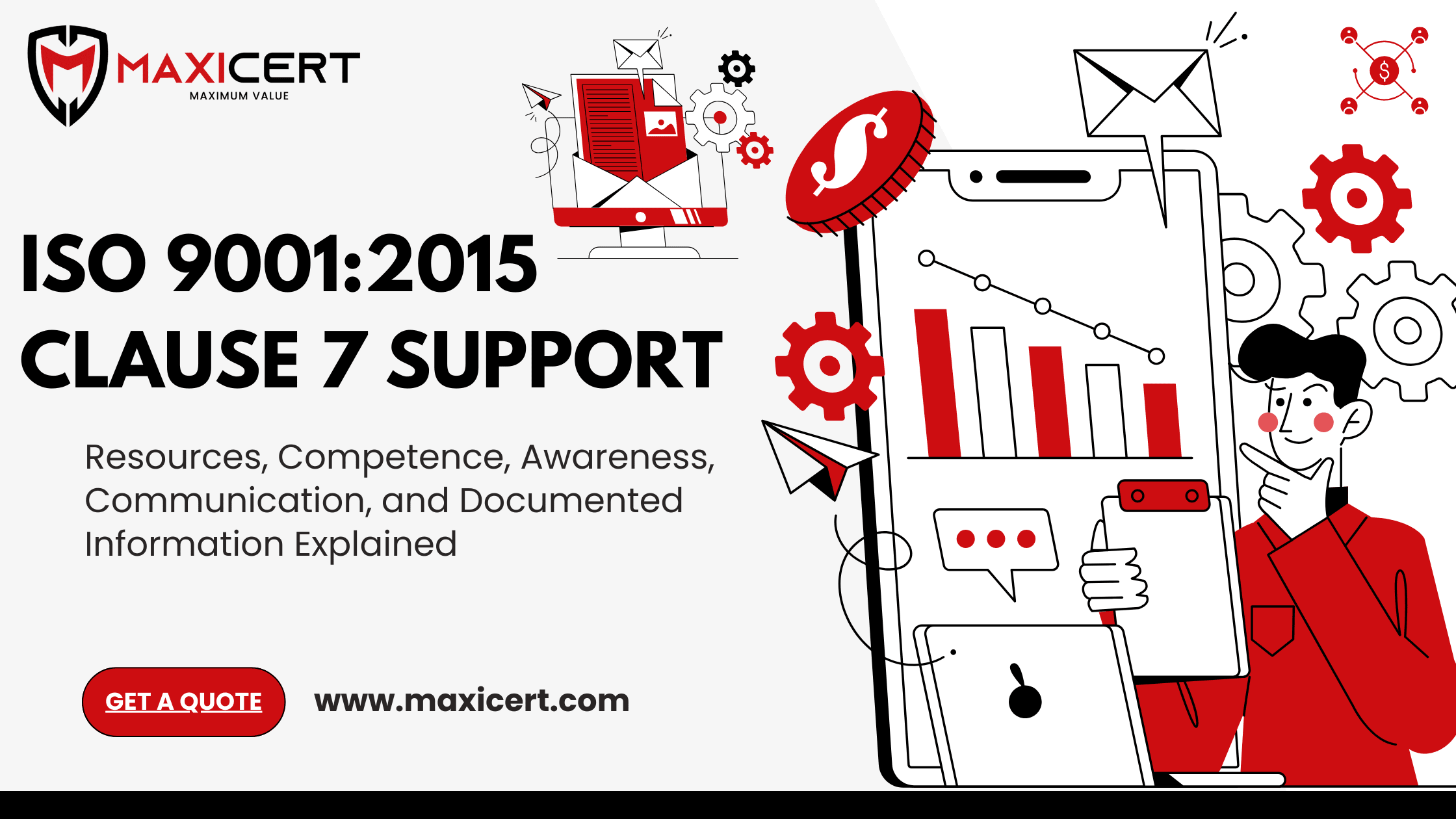
1. General Requirements for Resources (7.1.1)
The organization shall determine and provide the resources needed for the establishment, implementation, maintenance and continual improvement of the quality management system The organization shall consider.
- a) the capabilities of, and constraints on, existing internal resources
- b) what needs to be obtained from external providers.
The intent of this clause is to make sure you have the resources needed to both maintain and improve your quality management system (see 10) and also to carry out the work required in a manner that will satisfy the organisation’s the organisation customers requirements as established in 8.2, If the organisation does not have all the resources they need, they will have to decide where to best use those they do have.
Resources include not only the personnel needed but the finance, facilities and equipment as well. For example, it could be necessary
- to develop new processes or new working methods.
- to obtain additional equipment, which could be leased or purchased, or
- to acquire the resources and skills through a contract with a supplier.
the organisation should review resources on a regular basis (9.3.1). A suitable time could be as part of the management review (9.3). A review of resources might also be necessary when a new tender or contract is considered (see 8.2).
The intent of the clause on Resources is to anticipate, determine and allocate the resources needed for creating and implementing the MS (including its operations and controls), as well as those needed for its ongoing maintenance and improvement.
2. People (7.1.2)
The organization shall determine and provide the persons necessary for the effective implementation of its quality management system and for the operation and control of its processes.
- Reviews of staffing needs should be performed regularly, often as part of management reviews or when considering new contracts.
- The aim is to anticipate, allocate, and maintain the human resources needed for both operations and continuous improvement.
ISO 9001:2015 Clause Guide Panel
- Clause 1
- Clause 2
- Clause 3
- Clause 4 – Sub-clause 1
- Clause 4 – Sub-clause 2
- Clause 5 – Sub-clause 1
- Clause 5 – Sub-clause 2
- Clause 5 – Sub-clause 3
- Clause 6 – Sub-clause 1
- Clause 6 – Sub-clause 2
- Clause 7 – Sub-clause 1
- Clause 7 – Sub-clause 2
- Clause 7 – Sub-clause 3
- Clause 7 – Sub-clause 4
- Clause 8 – Sub-clause 1
- Clause 8 – Sub-clause 2
- Clause 8 – Sub-clause 3
- Clause 8 – Sub-clause 4
- Clause 8 – Sub-clause 5
- Clause 8 – Sub-clause 6
- Clause 8 – Sub-clause 7
- Clause 8 – Sub-clause 8
- Clause 8 – Sub-clause 9
- Clause 8 – Sub-clause 10
- Clause 8 – Sub-clause 11
- Clause 8 – Sub-clause 12
- Clause 9 – Sub-clause 1
- Clause 9 – Sub-clause 2
- Clause 9 – Sub-clause 3
- Clause 9 – Sub-clause 4
- Clause 10
3. Infrastructure (7.1.3)
The organization shall determine, provide and maintain the infrastructure necessary for the operation of its processes and to achieve conformity of products and services
NOTE Infrastructure can include:
- a) buildings and associated utilities.
- b) equipment, including hardware and software.
- c) transportation resources.
- d) information and communication technology.
Ensuring that working conditions are suitable
The organization needs to consider how to provide, manage and maintain the various requirements of the workplace as well as process equipment.
- It is often necessary to hold sufficient replacement parts or supplies in order to maintain equipment.
- The organization also needs to determine and provide for your current infrastructure requirements and plan for expected future needs.
- The environment for the operation of processes includes both human and physical factors, such as social (e.g. non-confrontational) and psychological (e.g. stress-reducing) conditions.
- The organization must also consider key infrastructure components like transportation resources and Information and Communication Technology (ICT).
ISO 9001:2015 Clause 7.1 at a Glance: The Pillars of QMS Support
| Component | Description | Key Elements |
|---|---|---|
| Clause 7.1 | The Foundation of Support for a QMS | The starting point, showing all sub-clauses are integral to the system. |
| 7.1.1 General Resources | Determines and provides all resources needed. |
Internal Resources: Capabilities and constraints. External Resources: What to get from providers. |
| 7.1.2 People | Provides the necessary personnel for the QMS. |
Required Skills: Ensuring the right people are in place. Regular Review: Continuously assessing staffing needs. |
| 7.1.3 Infrastructure | Provides and maintains the physical assets. |
Buildings: Associated utilities. Equipment: Including hardware and software. Transportation: Resources needed for operations. ICT: Information and communication technology. |
| 7.1.4 Work Environment | Establishes a suitable environment for processes. |
Social: Calm, non-confrontational. Psychological: Stress-reducing, emotionally protective. Physical: Temperature, light, noise, hygiene. |
| Output | The Result of All Components Working Together → Product Conformity and Continuous Improvement | |
7.1.4 Environment for the operation of processes
The organization shall determine, provide and maintain the environment necessary for the operation of its processes and to achieve conformity of products and services.
NOTE A suitable environment can be a combination of human and physical factors, such as:
- a) social (e.g. non-discriminatory. calm, non-confrontational),
- b) psychological (eg. stress-reducing, burnout prevention, emotionally protective);
- c) physical (eg. temperature, heat, humidity, light, airflow, hygiene, noise).
These factors can differ substantially depending on the products and services provided.
Ensuring that working conditions are suitable
The workplace can be an office environment with lighting. noise and air quality are important, or it can be a factory where there are particular safety and other specific conditions to be considered.
Some questions that might need to be considered are:
- Is there appropriate control of heat, humidity, light, airflow, noise, vibration, etc, at the work location?
- Are there appropriate customer waiting areas and facilities (applicable to services)?
- Are proper sanitation and hygiene maintained (e.g. for food, drink and pharmaceutical companies)?
- Are methods/mechanisms in place to avoid electro-static discharge (e.g. for companies producing electronic components or handling of volatile chemicals)?
These requirements apply primarily to activities that affect product conformity. Of course, you may choose to apply these conditions more widely, to address factors that may have an indirect effect on an organization’s consistent ability to fulfil requirements.
At one extreme, this could mean a temperature controlled inspection room next to a blast furnace because of the need to take sensitive measurements.
At the other extreme, it could mean giving careful consideration to the ergonomies associated with making a product or delivering a service.
For example: a change of operators might be necessary because of the difficulty of concentrating for long periods or because of the risk of repetitive strain injury.
Conclusion
In conclusion, ISO 9001:2015 Clause 7.1 is the foundational pillar for an effective Quality Management System. A QMS is a living system supported by tangible resources. By providing the necessary personnel, infrastructure, and a suitable work environment, an organization ensures its ability to operate smoothly and achieve product conformity. This holistic approach to resource management is essential for building a resilient system that supports continuous improvement and future growth.
For organizations looking for a seamless certification process, a professional partner like Maxicert can provide the expert consulting and reliable advice needed to meet the rigorous standards of ISO 9001.
Free 60–90 day implementation plan available after consultation.
FAQ
What kind of resources are required under ISO 9001:2015?
ISO 9001 requires all essential resources for a QMS, including people, finance, facilities, and equipment.
How does ISO 9001:2015 address the People Requirement?
According to Clause 7.1.2, a company must provide the necessary personnel for its QMS. This involves regularly reviewing staffing needs to ensure the right people are in place.
What does ISO 9001 say about infrastructure?
Clause 7.1.3 mandates that a company provide and maintain the necessary infrastructure, which includes buildings, equipment, transportation, and ICT.
Why is the Environment for the operation of processes important?
This clause requires a suitable work environment (a mix of human and physical factors) to ensure processes run smoothly and products conform to requirements.
How should an organization plan for resources?
An organization should anticipate and allocate resources by reviewing internal capabilities and determining what needs to be obtained externally.
Client Testimonials
What Our Clients Say About Us?
We are trusted by thousands of clients belonging from technology, manufacturing, healthcare and various sectors
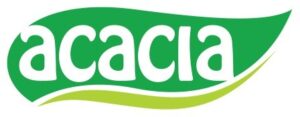

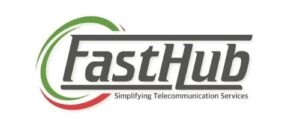

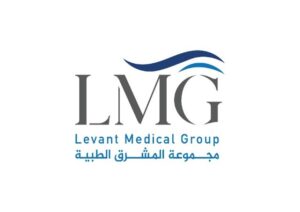


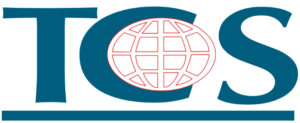
Our overall experience with Maxicert was satisfied. The audit and consulting part was handled carefully, we fulfilled our client requirement of ISO 27001 hassle free.
Kevin Santiago BDM – Clarks Outsourcing, PhilippinesTimely response and knowledge of ISO standards can be seen together in the team of Maxicert, we grow because of the service providers like Maxicert.
Samuel Christopher Quality Assurance Head – OEQA, NigeriaWe did Food safety certification with Maxicert, the service was extraordinary and their consultant had good experience of the subject.
Mr. Venkatesh Production Manager - Acacia Foods and Beverages, ZambiaWe engaged a consultant of Maxicert for our business certification, we now have a well-designed and organized department procedures and we rectify our errors through internal audits regularly.
Abdullah Al Rayes Managing Director – TCS, BahrainTechnical expertise by the team of Maxicert helped us achieving our ISO 13485 certificates, we now proudly say that we have achieved our target, all thanks to the team.
Nady Boustany CEO – LMG, IraqMaxiCert's approach to meet our needs proved instrumental in facilitating a seamless transition throughout the entire ISO certification process for us. Their training sessions are so much helpful.
Ms. Latifa Al Salem Investor portfolio – Ministry of Investment, Saudi ArabiaMaxicert is a one stop solution, we got trainings, documents, audit and certification at one place, they facilitated everything.
Ms. Mariam Chaggama VP – Fasthub, Tanzania





Their presence in Oman made us even better to accomplish our goal of achieving ISO certificates on time, we will definitely recommend their services.
Mr. Sailesh Mohanakrishnan Division Manager – Khimji Ramdas, Oman